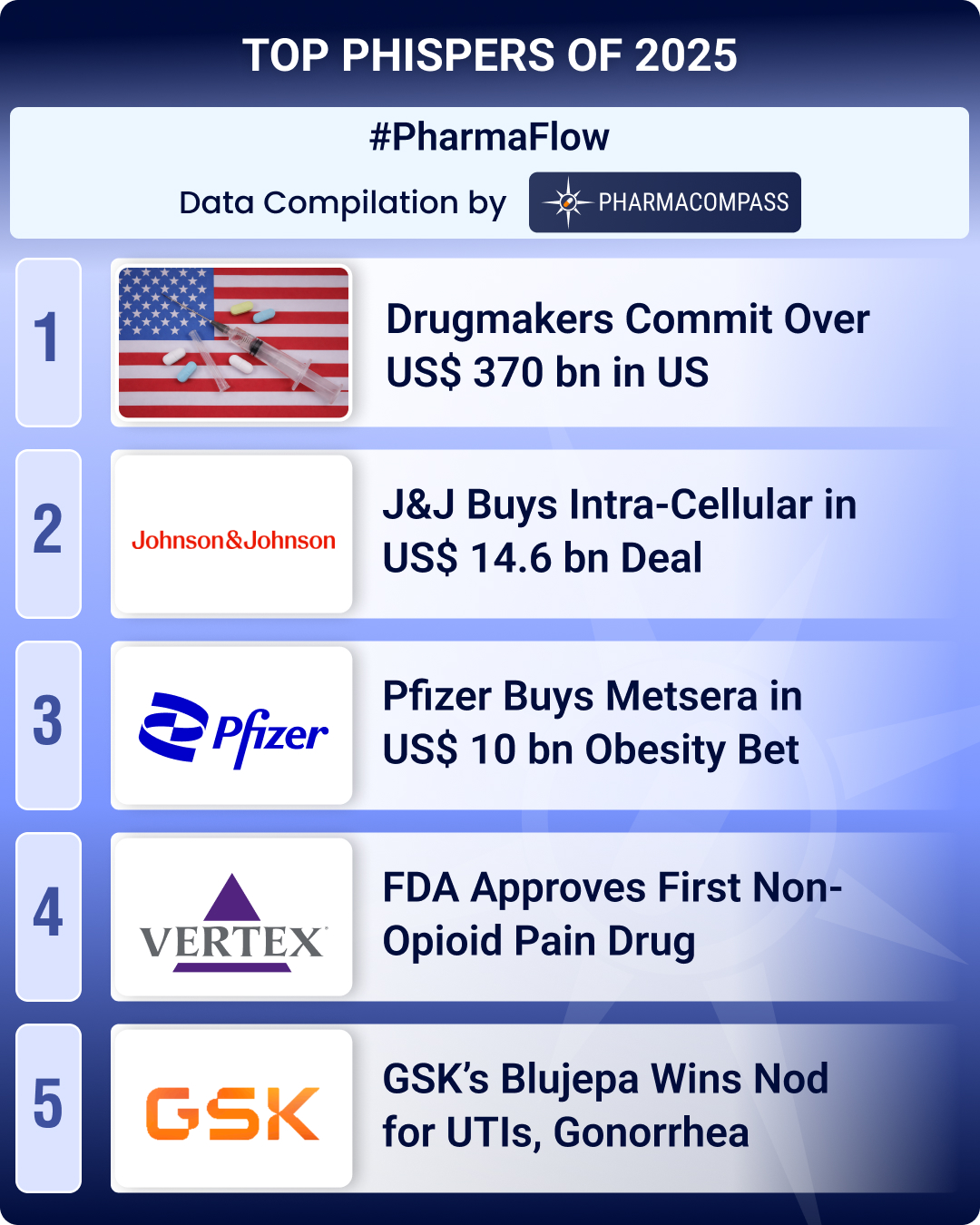Overview of inhalation formulations & nasal drug delivery devices enabling pulmonary administration of solutions, suspensions & powder dosage forms.
Q1. What are nasal or inhalation preparations and what are the different types?
Inhalation dosage forms are vaporized active and/or inert ingredient(s) intended for administration by inhalation. Inhalation preparations refer to any drug product or drug solution taken via the inhalation route of administration. Inhalation dosage forms are intended to deliver drug substances to the lungs. These inhaled dosage forms for drug delivery to the lungs affect pulmonary function or treat allergic symptoms in the respiratory tract.
Inhalation preparations are generally formulated as solutions, suspensions, and powders. These solution, suspension, and powder formulations are delivered to the respiratory tract via drug delivery devices like aerosols, dry powder inhalers (DPI), metered dose inhalers (MDI), and nebulizers, amongst other devices. Inhalation preparations are most commonly used to treat respiratory ailments such as asthma, chronic bronchitis, emphysema, and bronchiectasis.
Delivery devices and dosage forms for drug delivery to the lungs are selected on the basis of multiple factors such as the expected indication, the target patient population, and the dose of the chosen drug product.
Types of Inhalation Preparations:
Formulations for inhalation routes of administration include both solid and liquid dosage forms. Inhalation solid dosage forms consist of dry powders and are delivered to the respiratory system through dry powder inhalers (DPI), rotahalers, spacers, etc. On the other hand, liquid inhalation formulations are constituted of solutions or suspensions and are delivered to the lungs via metered dose inhalers (MDI), nebulizers, etc.
Inhalation solid dosage forms
Dry powders:
Powders are dry, free-flowing formulations of drug products, which can be used internally and externally (e.g., external applications to the skin). Dry powders can be taken orally by some patients who are unable to swallow other solid dosage forms such as capsules. Dry powders can further be prepared for inhalation by spray-drying or micronization of a blend consisting of the drug and a suitable inert carrier.
Liquid inhalation formulations
Solutions:
Solutions are clear liquid formulations containing one or more active pharmaceutical ingredients (API) dissolved in a suitable medium. Chronic respiratory diseases often involve inhalation therapy with nebulizers. There are a range of prescription drugs available for inhalation with a nebuliser including isotonic and hypertonic saline solutions.
Suspensions:
Suspensions may be defined as preparations containing finely divided drug particles distributed somewhat uniformly throughout a medium in which the drug exhibits a minimum degree of solubility. Budesonide, an anti-asthmatic drug used to control and prevent symptoms caused by asthma, is a liquid suspension which is administered via oral inhalation.
The advantages of inhalation dosage forms or inhalation preparations are:
- Less systemic toxicity
- Rapid onset of action
- Local drug delivery
- Higher concentration of drug substances or API (active pharmaceutical ingredient) to target sites
- Potential of lower dosages & lower costs
- Less wastage of medicines
Q2. What are the steps involved in developing and manufacturing inhalation dosage forms?
Step 1: Preformulation
Preformulation is the stage of development in the pharmaceutical industry, during which the physicochemical properties of the drug substance are characterized and established. Inhalation preformulation studies address the specifics of the pulmonary route of administration for both small and large biomolecules.
Feedback to drug discovery includes the recommended pKa and salt form suitable for lung delivery, solid-state characterization of dry powders and stability studies for nebulizers which require solution formulations, amongst testing and quantifying various other parameters.
Step 2: Formulation Development - Prototype Development & Analytical Testing
Each formulation program includes the development of multiple drug prototypes which are subjected to demanding conditions, and chemical & physical testing via analytical methods, that ultimately produce an ideal, final drug formulation for consumers.
Prototype development for inhalation dosage forms usually comprises of:
1. Identifying prototypes after which extensive analytical testing is done to characterize and compare the chosen drug candidates.
2. Nasal drug product or inhalation product analysis and testing is done which helps in optimising performance and includes product characterisation, in-vitro bioequivalence studies and stability testing services.
Some nasal drug product analysis services, include, but are not limited to:
- Material Analysis
- Extractables and Leachables Testing
- Delivered Dose Uniformity Testing
- Spray Pattern and Plume Geometry Analysis
3. Finally, an ideal candidate is chosen after thoroughly evaluating the analytical testing results.
Step 3: Process Development
Following initial formulation development of the inhaled dosage form, a robust process is developed to routinely and consistently manufacture the nasal drug product. As with other pharmaceutical drug products, it is important that the process is developed keeping the commercial product and commercial manufacturing in mind. Generally, process development studies provide the basis for process improvement, process validation, continuous process optimization, etc.
Step 4: Scale-Up
Scale up is generally defined as the process of increasing batch sizes. In process scale-up, a formula is transformed into a viable, robust product by the development of a reliable and practical method of manufacturing that affects the orderly transition from laboratory to routine processing in a full-scale production facility.
While the development of new inhalation therapy drugs is growing in popularity, the tech transfer and scale-up stages present several complexities that are difficult for manufacturers to manage. To overcome these challenges, drug companies can opt to outsource work to contract development and manufacturing organisation (CDMO) partners that offer end-to-end solutions from small to large scale manufacturing, thereby simplifying scale-up.
Step 5: Commercialization
Commercial manufacturing processes involve complex formulation, multi-departmental (or multi-organizational) collaborations to establish market access, patient and provider awareness, sales force readiness, customer support programs, logistics and supply chain management, and more.
While many companies can manage inhalation formulation development and manufacturing clinical trial material for early phases, not many have the capacity, scale or know-how to take nasal products through to commercial manufacturing. End-to-end CDMOs can offer formulation development, analytical development and device testing and filling, as well as clinical and commercial manufacturing.
Q3. What are the challenges involved in manufacturing nasal drug products?
Some challenges involved in manufacturing inhaled dosage forms:
- A plethora of inhalation delivery devices and inhaled dosage forms for drug delivery to the lungs are available and can be divided into nebulizers, metered dose inhalers (MDIs) and dry powder inhalers (DPIs). However, most of the currently marketed inhalation delivery devices are not designed for high doses and are, therefore, not suitable for this purpose.
- Another key challenge for inhalation drug products, is to generate drug particles of a suitable size range. Aerosol particle size affects both the dose deposited and the distribution of aerosol particles in the lungs and must be carefully optimized.
Large biopharmaceutical molecules cannot effectively be absorbed by the lining of the human intestines, this affects a range of cancer therapies or treatments of neurological diseases, infections and immunological disorders as they are unable to employ these large-molecule compounds as inhalation formulations.
- Pulmonary drug delivery is relatively complex because the respiratory tract has evolved defense mechanisms to keep inhaled drug particles out of the lungs and to remove or inactivate them once deposited. Strategies to mitigate the effects of these barriers include use of inhaler devices and formulations that deliver drugs to the lungs efficiently, appropriate inhaler technique and improved education of patients.
- When treating respiratory diseases via inhalation routes of administration with extracellular targets, absorption into the body can cause significant side effects, such as those affecting the digestive, cardiovascular, and central nervous systems, depending on the mechanism of the drug administered, as well as off-target effects.
- Drug development for dry powder formulations and inhalers have consistently faltered as they transition to the clinic phase, and de novo dry powder drug development is sparse when a linear drug delivery process is followed
- It’s often not possible to predict which particular form of the drug is going to cause problems until preclinical toxicology studies are undertaken. Robust, readily available predictive assays capable of quickly determining which form of a molecule is going to cause problems are essential. Moreover, developing animal models where drugs are administered intranasally or intratracheally requires careful planning and technical expertise.
Besides the above given examples there are several other challenges plaguing inhalation product development (liquid & solid inhalation dosage forms) however, various advancements in technologies and inhalation drug product delivery devices have solved and will continue to solve these shortcomings.
Q4. What are the different drug delivery devices for nasal dosage forms?
As seen above inhalation formulation challenges are widespread in inhalation dosage form production and development. As a response various manufacturing and formulation solutions for inhaled dosage forms are achieved with the help of innovative drug delivery devices.
Inhalation drug product delivery devices:
Dry Powder Inhalers (DPI)
Dry powder inhalers (DPIs) are dry free-flowing powder formulations of a drug, which can be prepared by either spray-drying or micronization of a blend consisting of the drug and a suitable inert carrier.
High dose delivery challenges are overcome by dry powder inhalers (DPI), which can deliver low and high doses in single or multi-dose configurations. Dry powder inhalers (DPI) enable drug delivery of inhalation solid dosage forms which further overcomes stability issues associated with solutions.
Metered Dose Inhalers (MDI)
A metered-dose inhaler (MDI) is a pressurized inhaler that delivers medication by using a propellant spray. Liquid inhalation products are delivered via metered dose inhalers (MDIs). Most marketed MDIs are suspensions due to the challenges of solubilising APIs in hydrofluoroalkane (HFA) formulations.
Metered dose inhalers (MDIs) with particle size selective accessory devices, can be used for pulmonary drug targeting which, by further improving the therapeutic ratio inherent to aerosol therapy, reduces local and systemic side effects and allows application to the pulmonary airways of significantly larger doses of medication than could otherwise be administered safely.
Nebulizers
A nebulizer is a piece of medical equipment that a person suffering from asthma or another respiratory condition can use to administer medication directly and quickly to the lungs. A nebulizer turns liquid medicine into a very fine mist that a person can inhale through a face mask or mouthpiece. Nebulizers are also used to deliver liquid inhalation formulations. In contrast to MDIs, most nebulised products are solution formulations.
Nebulizers convert liquids into aerosols of desired sizes which can be successfully inhaled into the respiratory tract and are particularly useful for diseases that require high pulmonary doses (e.g., CF) and for patients who are unable to coordinate or achieve flow rates necessary for utilizing other inhalation devices (e.g., children).
Novel particle technologies, liposomal delivery vehicles, large and porous particle development, biodegradable polymers, and advances in propellants further serve as manufacturing and formulation solutions for inhalation products and are increasingly being adopted by producers as well as consumers.
Q5. Which are the different companies offering nasal and inhalation dosage form manufacturing?
There are various pharmaceutical Contract Development and Manufacturing Organizations (CDMOs) and Contract Manufacturing Organisations (CMOs) offering inhalation dosage forms for drug delivery to the lungs.
Catalent Pharma Solutions
Catalent has in-depth expertise and significant investment in talent and technologies across the entire inhalation field. It provides complete clinical and commercial manufacturing for nasal dosage forms with a track record of regulatory success around the globe.
Recipharm AB
Recipharm has the expertise and equipment to provide quality analytical techniques for the development of inhalation drug products; specifically nasal sprays and pMDIs. This includes the expert use of the SprayVIEW® measurement system and associated automated actuation stations (SF MDx and NSx) by their development scientists.
Their dedicated team offers pharmaceutical companies a seamless outsourcing service from early stage development through to commercial manufacturing for inhalation products. Furthermore, Recipharm offers inhalation and nasal product manufacturing services in compliance with FDA and MHRA regulations.
Flagship Biotech International Pvt. Ltd
Flagship Biotech International, a Private Limited Company based in India, is known in the industry as a leading manufacturer and exporter of antibacterial medicines, pharmaceutical injections, anti histamines, diuretics drugs, nasal preparations, NSAIDs drugs, etc.
Flagship’s product portfolio includes three varieties of nasal spray and nasal drop formulations. Flagship biotech also has the capability to manufacture high quality solid & liquid dosage forms, LVP, SVP, ointments, creams, inhalers, etc.
Farbe Firma
Farbe Firma’s pharmaceutical development group offers services from straight forward clinical supply through to more complex product development and formulation. From their pharmaceutical development center they can work on a variety of technologies, including sterile products.
Farbe Firma’s manufacturing services supply several hundred different products in a variety of dosage forms including solids, semi solids, steriles (liquids and freeze dried), beta-lactams, hormones, dry powder metered dose inhalers, oral liquids and granulates, from their facilities across the world.
Bliss Gvs Pharma Ltd
Bliss GVS is a fast-growing pharmaceutical company with a proven track record of developing, manufacturing and marketing high quality pharmaceutical formulations at affordable prices for the global market. Their product manufacturing capabilities include inhalation preparations such as nasal solutions, nasal sprays, nasal inhalers, etc.
All Suppliers






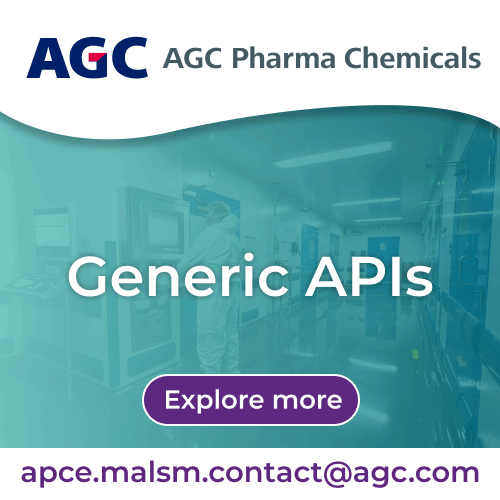
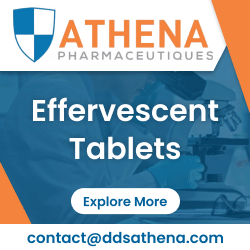
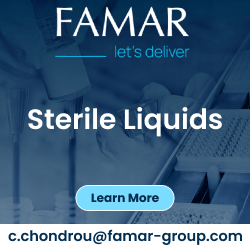
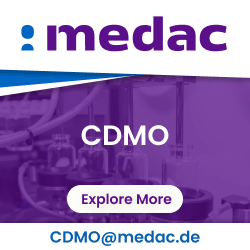
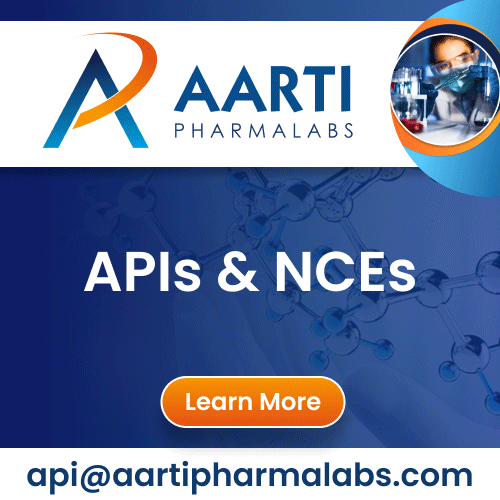
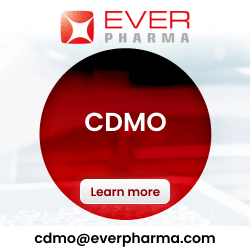




 LGM Pharma accelerates & optimizes the new product pathway from early development through commercialization.
LGM Pharma accelerates & optimizes the new product pathway from early development through commercialization.










